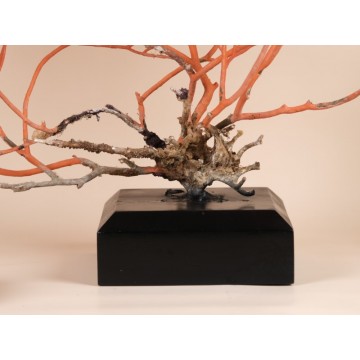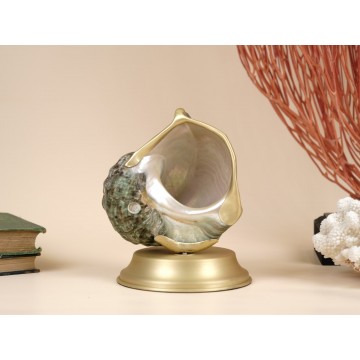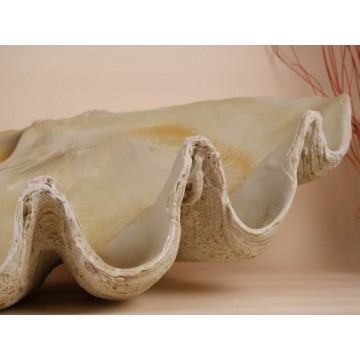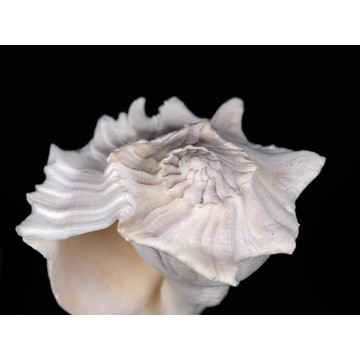Lambis chiragra - Spider shells, from Palawan Isl. Philippines, in dark brass base.
It's a species of very large sea snail, a marine gastropod mollusk in the family Strombidae, the true conchs. The shell length for this species varies between 85 mm and 320 mm, usually to 170 mm. They have a very thick, robust and heavy shell, with a distinct anterior notch.
Its most prominent characteristic are the six long and curved marginal digitations, expanded from the flaring, thick outer lip and canals. The columella and aperture are lyrate. Female individuals are usually much larger than the male ones.











































